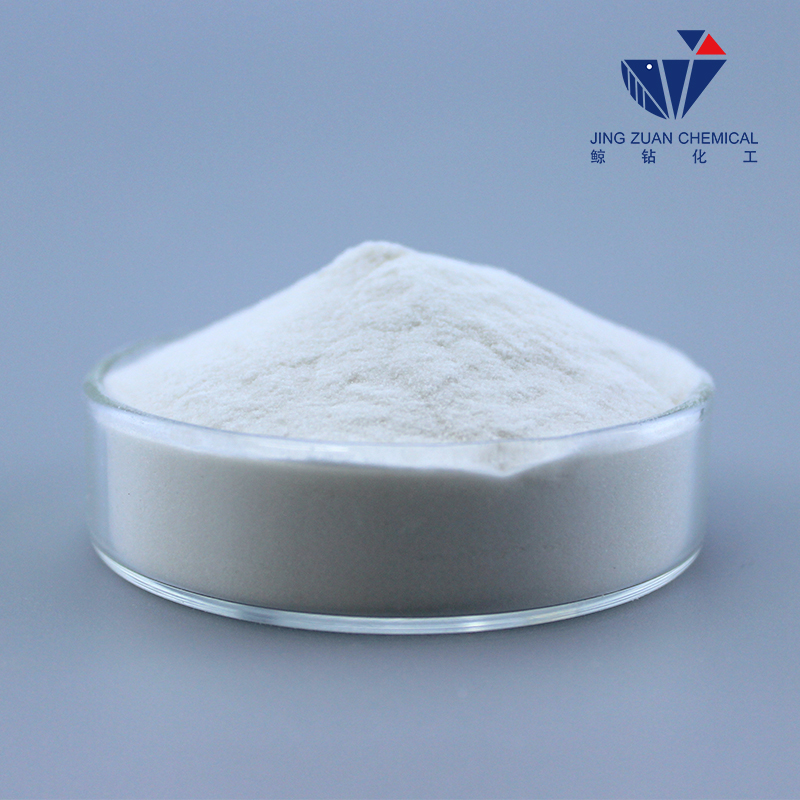
Dec . 21, 2024 06:05 Back to list
methylhydroxyethyl cellulose
The Versatility of Methyl Hydroxyethyl Cellulose in Modern Applications
Methyl hydroxyethyl cellulose (MHEC) is a non-ionic, water-soluble polymer derived from cellulose, a natural polymer found in the cell walls of plants. As an important derivative of cellulose, MHEC has gained significant attention in various industries due to its unique properties and versatility in application. In this article, we explore the characteristics, applications, and benefits of MHEC in contemporary settings.
Chemical Composition and Properties
MHEC is synthesized by modifying cellulose through a series of chemical reactions, including methylation and hydroxyethylation. These modifications impart specific characteristics to the polymer, such as increased solubility in water and enhanced viscosity. MHEC can form gels and emulsions, making it an effective thickening agent. Its non-ionic nature ensures stability across various pH levels and temperatures, thus expanding its usability.
One of the most praised attributes of MHEC is its ability to retain moisture. This property is particularly beneficial in formulations requiring long-lasting hydration, such as cosmetics and personal care products. Additionally, MHEC exhibits excellent film-forming abilities, allowing it to provide smooth textures and improve the overall aesthetic of products.
Applications in Various Industries
1. Construction Industry MHEC is widely used as a viscosifying agent in cement-based products, such as tile adhesives, grouts, and plaster. Its water-retaining abilities help improve workability and extend the open time of these materials, allowing for better adhesion and finish.
methylhydroxyethyl cellulose

2. Cosmetic and Personal Care Products In the cosmetic industry, MHEC serves as a thickener and stabilizer in lotions, creams, shampoos, and conditioners. Its moisturizing properties make it ideal for hydrating products, enhancing the effectiveness of skin and hair care formulations.
3. Pharmaceuticals MHEC is employed in the pharmaceutical sector as a binder and controlled-release agent in tablets and coatings. Its biocompatibility and safety make it an ideal choice for pharmaceutical applications, ensuring that active ingredients are released gradually for improved therapeutic outcomes.
4. Food Industry In the food sector, MHEC is utilized as a thickening and gelling agent in sauces, dressings, and dairy products. It can enhance the texture and mouthfeel of food, providing a creamy consistency without added fats.
5. Paints and Coatings MHEC can also be found in the formulation of paints and coatings, where it acts as a thickener and stabilizing agent. It helps in preventing sedimentation and maintains viscosity during application, ensuring an even and durable finish.
The Future of MHEC
As industries continue to innovate, the demand for natural and sustainable materials grows. Methyl hydroxyethyl cellulose, being derived from renewable cellulose, fits perfectly into this paradigm. The increasing focus on environmentally friendly products highlights the importance of using sustainable polymers like MHEC.
In conclusion, Methyl hydroxyethyl cellulose stands out as a versatile and valuable polymer with a broad range of applications across various sectors. Whether it is enhancing the texture of personal care products, improving the performance of construction materials, or contributing to food texture, MHEC plays an integral role in delivering quality and efficiency. As research progresses and new applications emerge, the future of MHEC is promising, further solidifying its place in both existing and developing markets.
-
Versatile Hpmc Uses in Different Industries
NewsJun.19,2025
-
Redispersible Powder's Role in Enhancing Durability of Construction Products
NewsJun.19,2025
-
Hydroxyethyl Cellulose Applications Driving Green Industrial Processes
NewsJun.19,2025
-
Exploring Different Redispersible Polymer Powder
NewsJun.19,2025
-
Choosing the Right Mortar Bonding Agent
NewsJun.19,2025
-
Applications and Significance of China Hpmc in Modern Industries
NewsJun.19,2025







